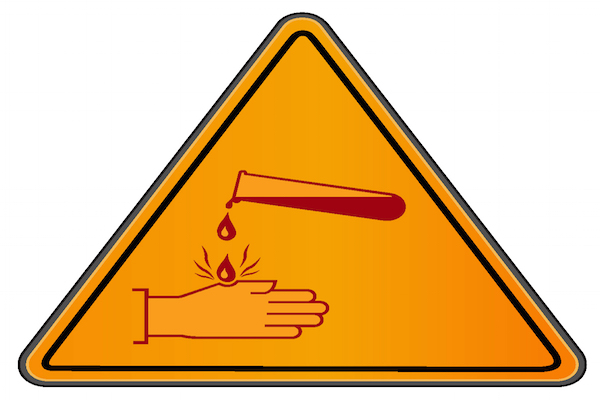Changes blood protein composition under experimental chemical burns of esophageal development in rats
Abstract
Exogenous poisoning with alkalis takes the leading position among causes of acute poisoning. Esophageal burns as a result of accidental swallowing of caustic material are seen frequently in children ages 1 to 8 years. A burn wound is perhaps the most intense stress that a human body can suffer. In the place of chemical trauma localization the processes of synthesis and degradation of proteins increase. As a result the structure and functions of vital organs and immune system suffer. The inflammation process after burn injury is determines the changes in protein expression. In our research we have shown that chemical burn of the esophagus is characterized by decreased level of total proteolytic activity, total protein and development of endogenous intoxication of the body as indicated by elevated MMM level. Obtained results suggest that the development of chemical burns of the esophagus grade 2 is characterized by more substantial changes in the protein composition of blood compared with grade 1. An in-depth study of this disease has a crucial scientific and practical importance for development of pathogenically oriented methods of wound process healing after the chemical esophageal burns depending on the stage and extent of the burn process

Downloads
Published
Issue
Section
License
Copyright The Author(s) 2017. This article is published with open access by BioMedPress. This article is distributed under the terms of the Creative Commons Attribution License (CC-BY 4.0) which permits any use, distribution, and reproduction in any medium, provided the original author(s) and the source are credited.
